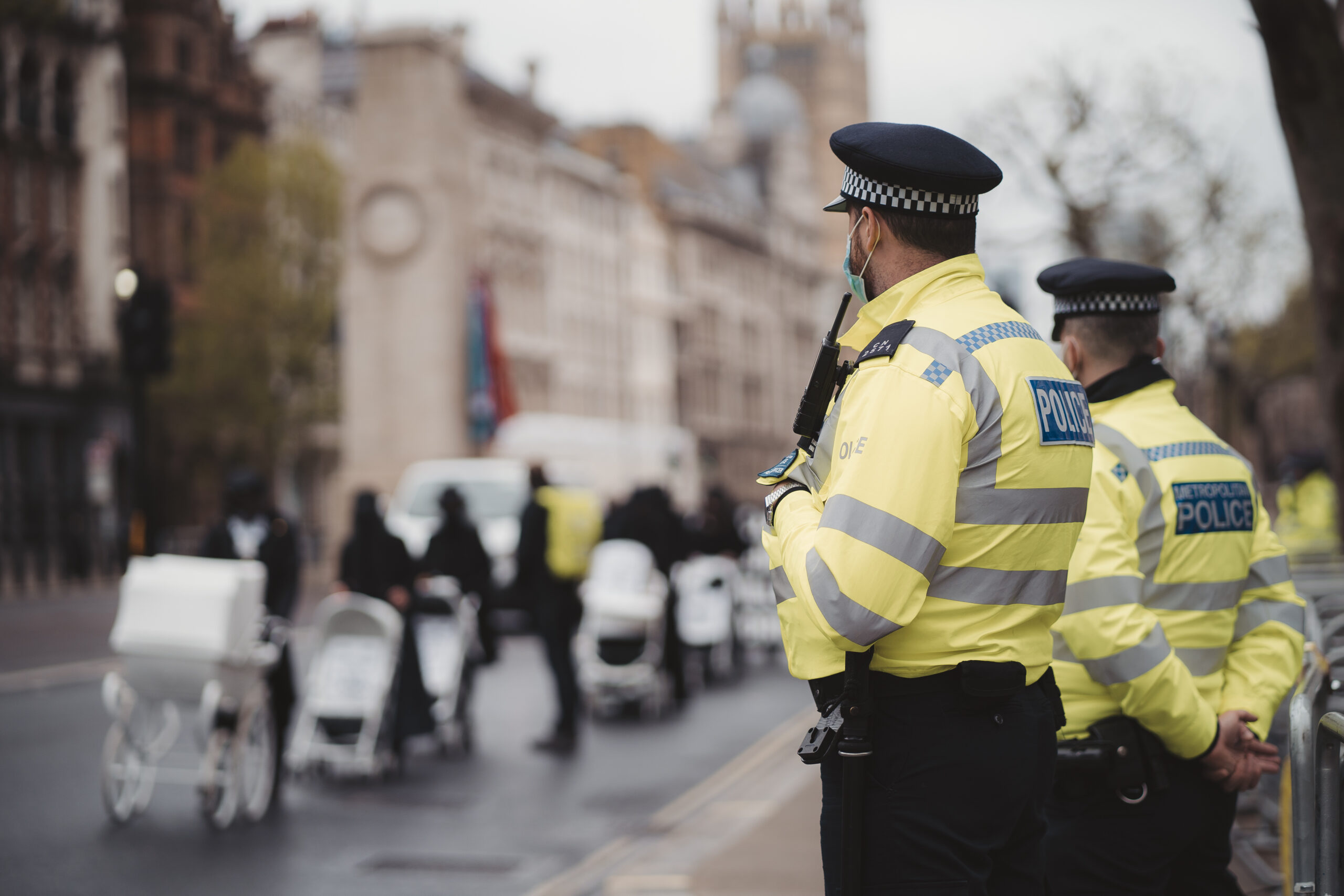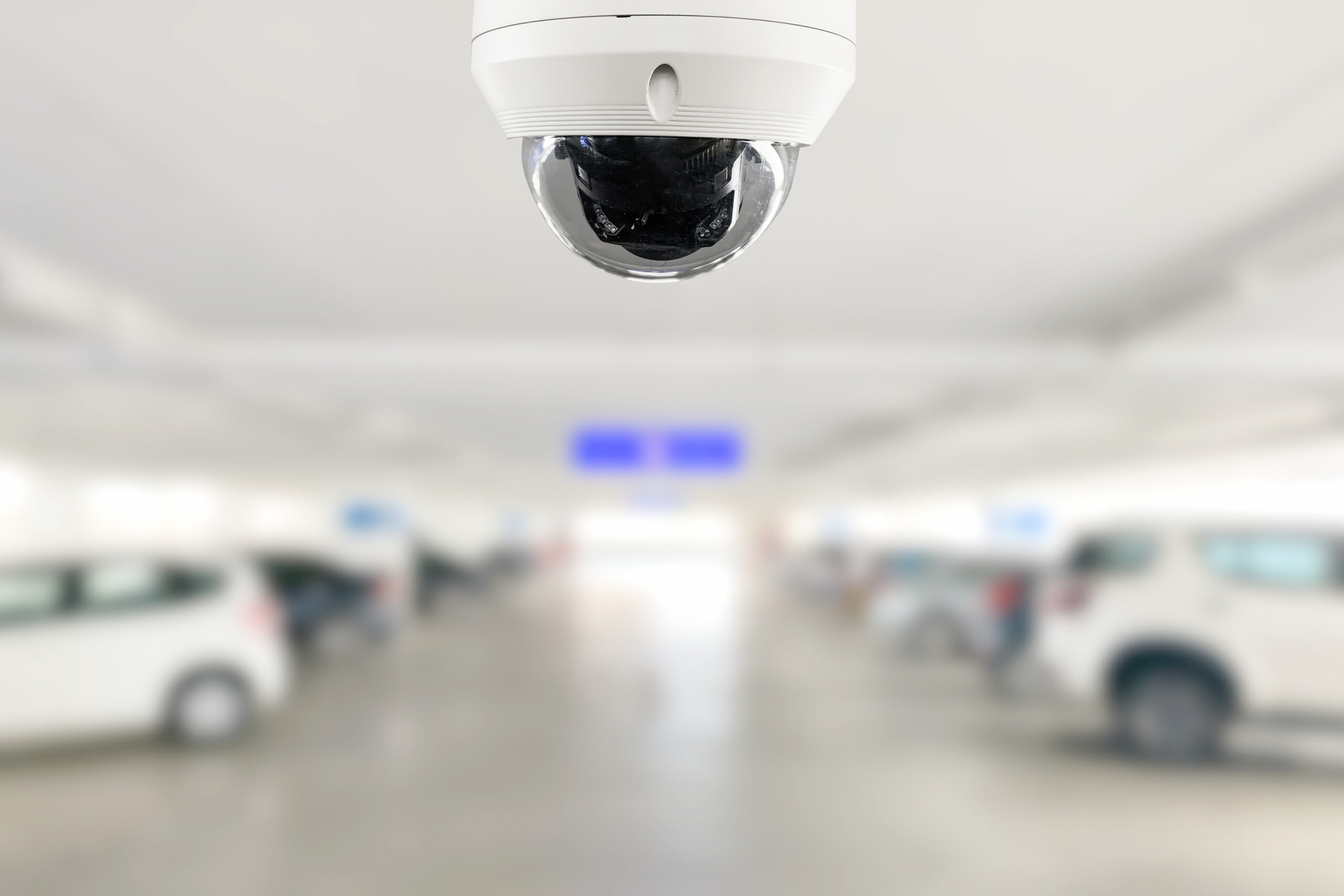How AI Monitors Anti-Social Noise
AI can help reduce urban noise pollution by automatically identifying the source of anti social noise...

In the face of growing urban noise pollution, councils and police departments are turning to artificial intelligence to find a solution. Almost one-fifth (18.3%) of the EU population reported that they suffered from noise coming from their neighbours or the street in 2018. With a growth in complaints, some councils spending over 1000 hours per year, manually listening to audio recordings to decipher instances of anti-social behaviour, there is a growing need to automate this process. With the goal of measuring better and faster, government bodies can leverage AI’s capabilities to streamline noise analysis and enforcement procedures.
The Problem: Anti Social Noise is Escalating
Noise pollution in urban environments is not just an annoyance but a serious issue that affects public health and social harmony. Traditional methods of monitoring and controlling noise have proven insufficient due to their manual, labour-intensive nature, leading to a 77% reduction in effectiveness. This is where AI comes in, offering a way to automate and enhance noise analysis, making the process more efficient and less burdensome.
The Solution: Risso AI in Action
By applying AI, these bodies can automate the process of noise monitoring, quickly identifying and categorising sources of noise. This capability allows for faster responses to noise pollution incidents and more strategic planning to prevent future occurrences. For example, AI can differentiate between normal urban sounds and potentially disruptive noises, pinpointing the exact locations and sources of the latter. This precision enables targeted enforcement actions and the development of noise reduction strategies that are both effective and efficient.
Potential sound disturbances that AI can identify include
- Loud Arguments: Detecting raised voices that may indicate domestic disputes.
- Disturbing Music: Identifying music played at volumes that disrupt the community.
- Vehicle Noise: Recognising the excessive noise from vehicle revving or alarms.
- Construction Disruptions: Monitoring loud construction work during prohibited hours.
These capabilities are crucial for pinpointing noise regulation breaches and implementing effective mitigation strategies.
AI represents a significant leap forward in the fight against urban noise pollution. Its ability to automate and refine noise analysis processes offers a promising solution to a problem that has long plagued cities worldwide. By embracing AI, councils, governing bodies, and police departments can take a more proactive and effective stance on noise control, leading to quieter, more peaceful urban environments.
Subscribe to our newsletter
See why business of all sizes use Risso AI for sound analysis


